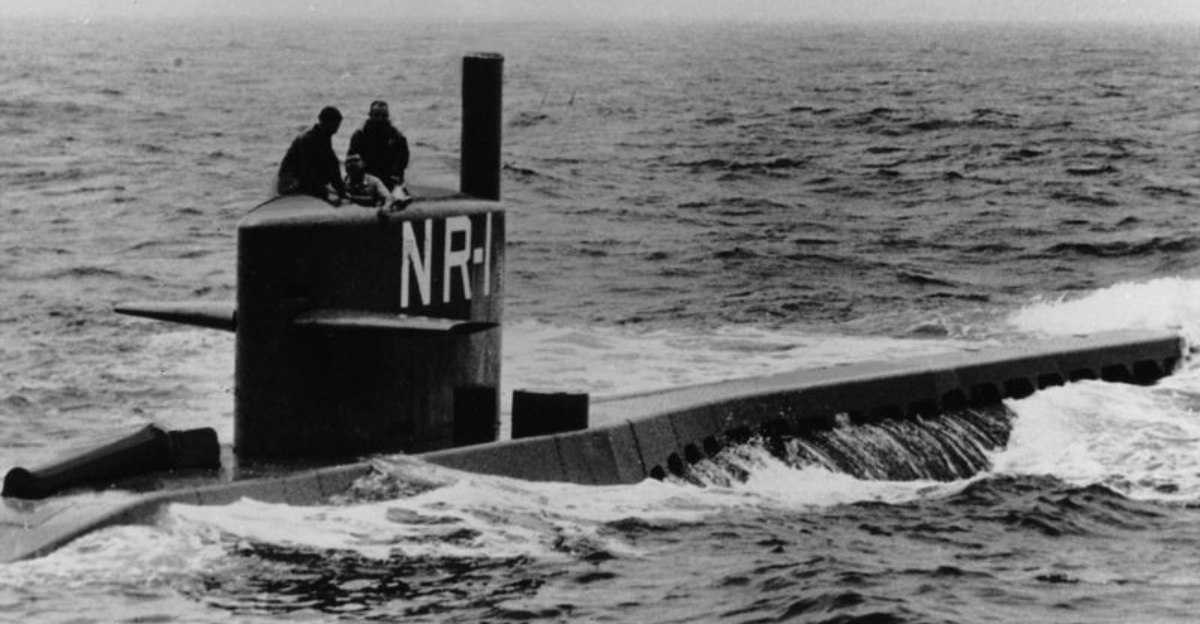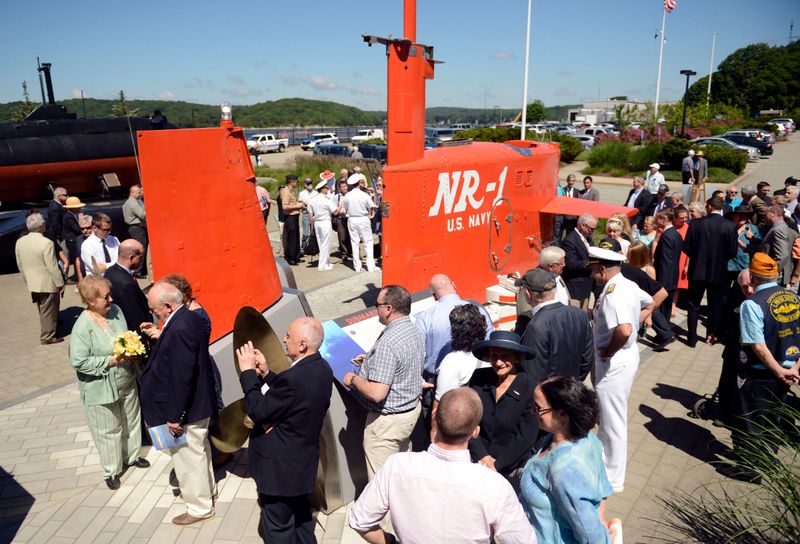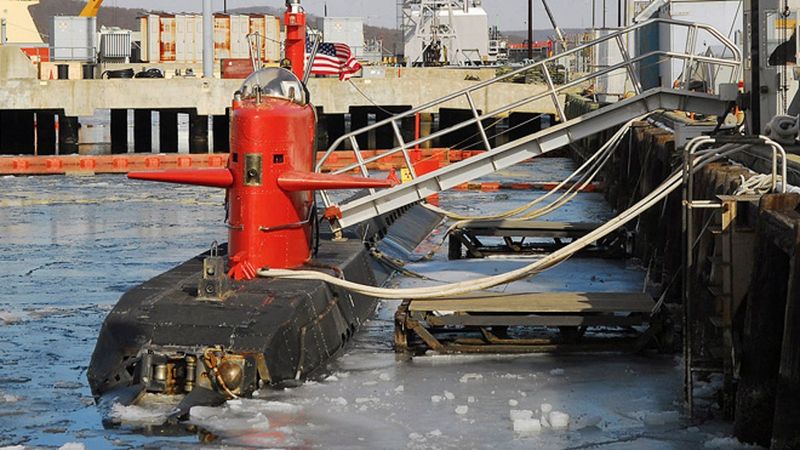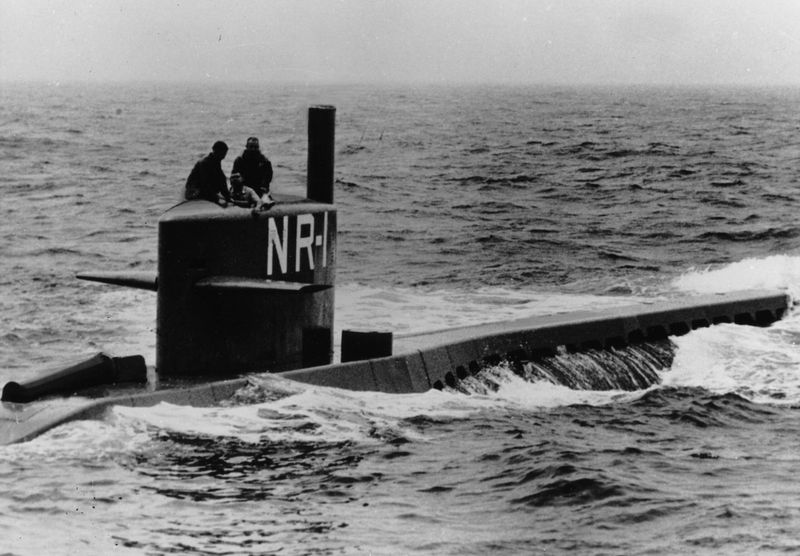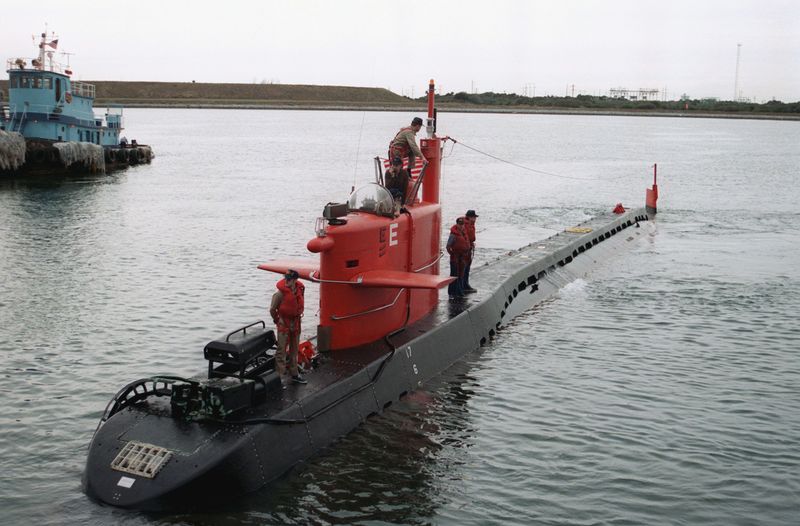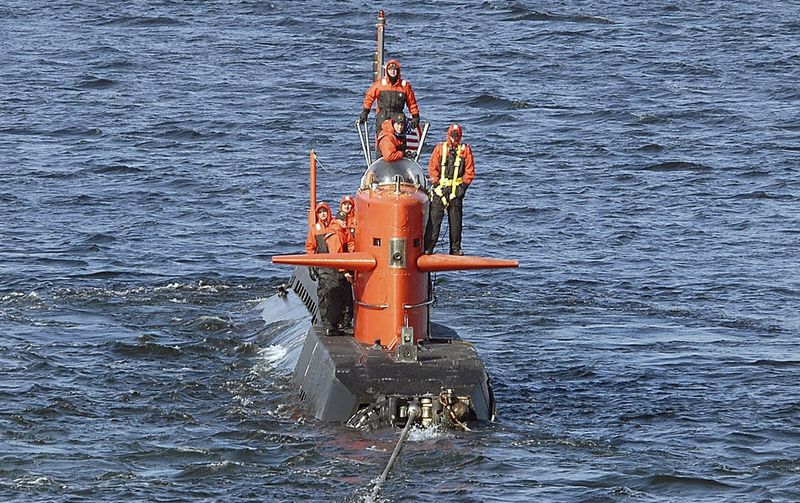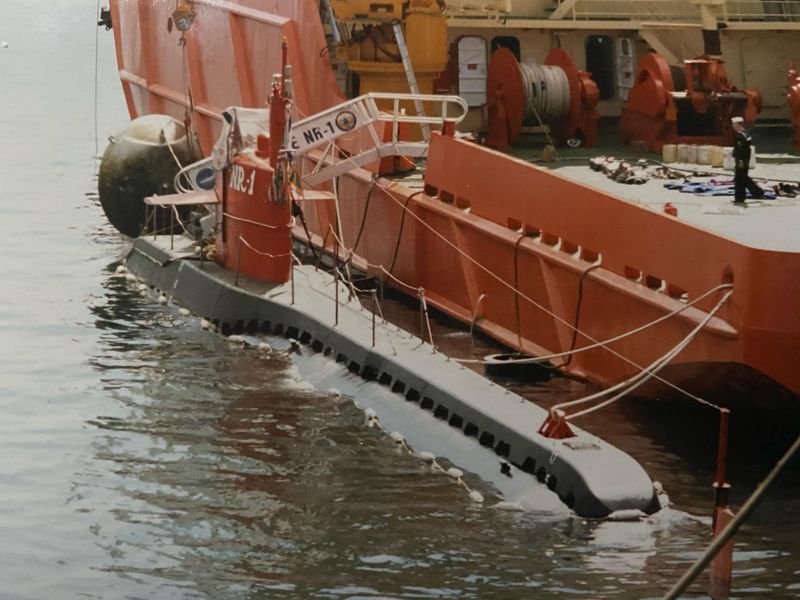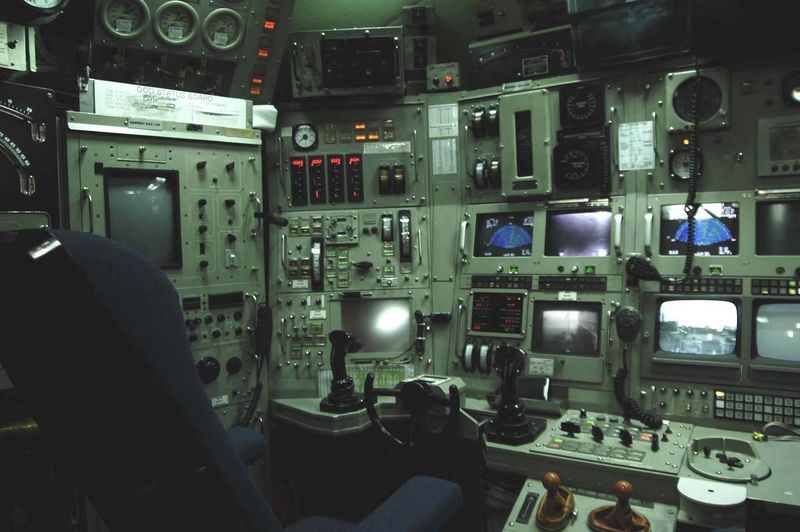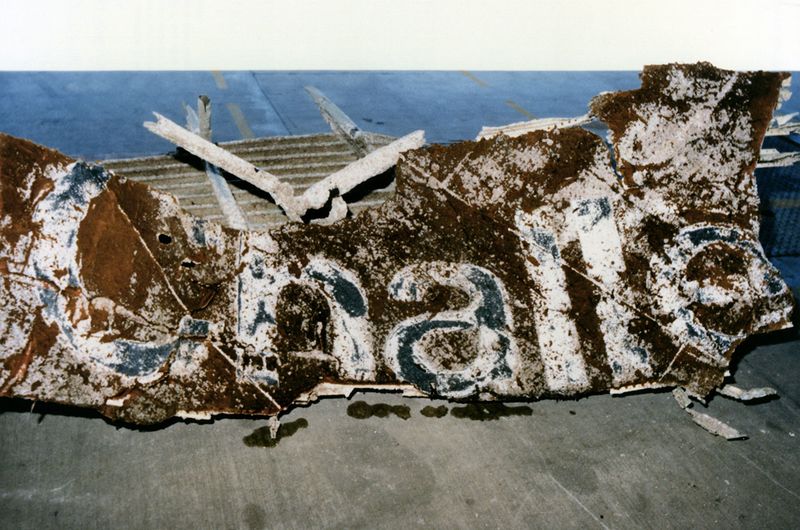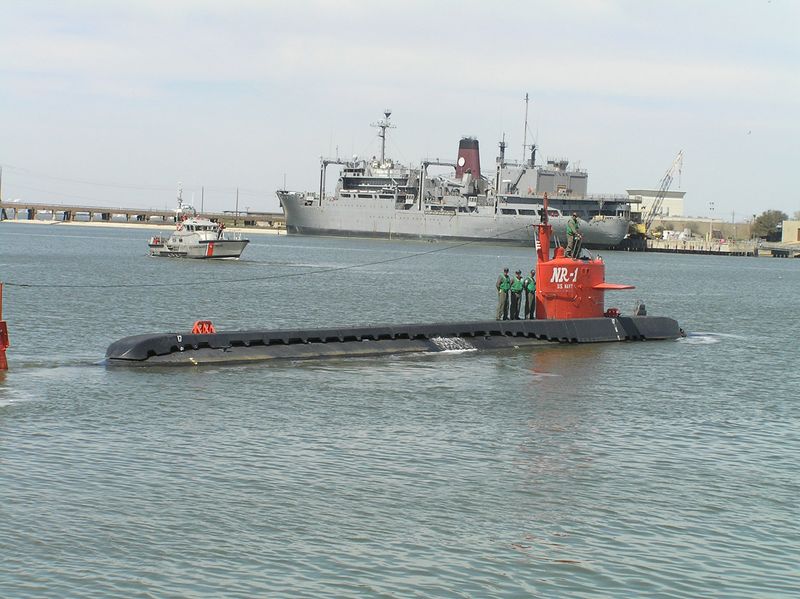The Cold War was full of secrets, but few are as spine-tingling as the story of the NR-1, a U.S. Navy spy submarine so secretive it barely existed on paper.
This mini-sub, built for covert missions, spent years slipping through the depths—unseen, unheard, and unstoppable.
1. It Was Designed to Spy on the Soviets—Up Close
One of its creepiest roles was surveilling Soviet submarines and undersea infrastructure. It could quietly lurk in the deep, collecting intel just miles from Russian shores.
The NR-1 was designed for such intimate espionage, making it a formidable asset during the Cold War. Its ability to gather intelligence close to enemy lines made it invaluable to the U.S. Navy.
Its stealthy approach ensured it went undetected. This proximity spying was a critical element in the espionage efforts against the Soviet Union, providing crucial insights into their naval capabilities.
2. Its Missions Are Still Mostly Classified
To this day, much of what the NR-1 did remains under wraps. What little we know includes surveillance near Russian waters, cable tapping, and salvage operations.
The NR-1’s missions were shrouded in secrecy, making it a ghost of the seas. Even today, many of its operations are speculative. Being involved in highly sensitive activities, the NR-1’s legacy is one of mystery.
Its contributions to intelligence and naval operations are still being unraveled. The classified nature of its missions continues to pique interest and inspire theories about its true role during the Cold War.
3. It Was So Secret Even Congress Barely Knew About It
The NR-1 wasn’t your average Navy vessel. Authorized directly by Admiral Hyman Rickover, it was funded and operated under such deep secrecy that most officials didn’t even know it existed.
This covert nature allowed it to operate without public scrutiny. Despite Congress controlling military budgets, this submarine operated under the radar, bypassing typical channels. Few officials had any knowledge of its missions or even its existence.
The NR-1’s clandestine operations were critical in maintaining the element of surprise, allowing it to carry out espionage missions with unparalleled stealth. Its secretive status was a cornerstone of its effectiveness.
4. It Could Walk on the Ocean Floor
Equipped with retractable wheels, the NR-1 could literally “drive” along the seafloor. This eerie ability let it explore wrecks and spy on undersea cables without detection. These wheels allowed it unparalleled maneuverability.
The NR-1 could inspect underwater targets with precision, making it a formidable tool in naval espionage. This capability made it unique among submarines of its time.
Its ability to walk the ocean floor gave it an edge in covert operations, allowing it to position itself strategically for surveillance or recovery missions. Such innovation was key to its success in stealthy endeavors.
5. It Was Nuclear-Powered—but the Size of a Bus
Despite being under 150 feet long, the NR-1 had a nuclear reactor onboard. That gave it unlimited underwater endurance—perfect for long, hidden missions near enemy territory.
Its small size made it nimble, able to navigate intricate underwater environments. This combination of power and compactness was rare. The NR-1’s nuclear propulsion allowed it to remain submerged for extended periods, a significant advantage during covert operations.
Its endurance meant it could perform missions that other submarines could not. In terms of stealth and capability, it was unmatched, truly a marvel of engineering.
6. It Could Stay Submerged for Weeks Without Surfacing
Thanks to its nuclear power and advanced life-support systems, the NR-1 could vanish for extended missions without surfacing—a nightmare scenario for enemy forces. This endurance made it a relentless spy, operating under the radar for weeks on end.
The NR-1’s ability to remain submerged for long periods was a strategic advantage, allowing it to conduct prolonged surveillance missions. It operated silently, gathering intelligence without interruption.
Its underwater stamina was unmatched, making it a persistent threat that could monitor enemy activities continuously, without the need to reveal its position.
7. It Was Used to Recover Sunken Spy Satellites
One of the NR-1’s known missions involved recovering sensitive tech from the ocean floor, including fragments from downed American satellites before adversaries could get to them.
This recovery capability was crucial in protecting national security interests. The NR-1’s ability to retrieve these valuable technologies ensured that sensitive data did not fall into the wrong hands. Its role in these operations was vital.
The submarine’s unique design allowed it to handle such delicate missions effectively, emphasizing its versatility and importance in intelligence-gathering and recovery efforts.
8. It Helped Locate the Wreckage of the Challenger Shuttle
In 1986, after the tragic explosion of the space shuttle Challenger, the NR-1 was called in to assist in locating and recovering debris from the Atlantic. Its ability to operate in deep waters made it invaluable in such recovery missions.
The NR-1’s involvement in the Challenger recovery showcased its versatility beyond military applications. It played a key role in this national effort.
This mission highlighted the submarine’s capabilities in challenging environments, proving its worth in both military and humanitarian efforts, bridging the gap between defense and disaster response.
9. Its Existence Wasn’t Acknowledged for Decades
Despite active service from 1969 to 2008, the Navy barely acknowledged the NR-1’s existence until it was decommissioned. It was rarely photographed and never publicly toured.
The NR-1 operated in the shadows, a testament to its secretive nature. Its unacknowledged existence added to its mystique, leaving many unaware of its contributions until much later.
This lack of public awareness allowed it to perform sensitive operations without drawing attention. Its declassification was a revelation to many, highlighting its covert legacy.
10. Russia Likely Knew It Was There—but Couldn’t Stop It
Intelligence suggests that while the Soviets suspected NR-1’s activities, they were powerless to track or intercept it. Its small size and stealth made it a ghost in their waters.
The NR-1 operated with impunity, its presence a constant enigma to adversaries. Despite being aware of its potential capabilities, the Soviets struggled to detect this elusive submarine. Its ability to evade detection was a key feature.
This stealthiness was a strategic advantage, ensuring the NR-1 could operate freely, gathering intel and performing missions without fear of capture. It was a true phantom of the seas.
